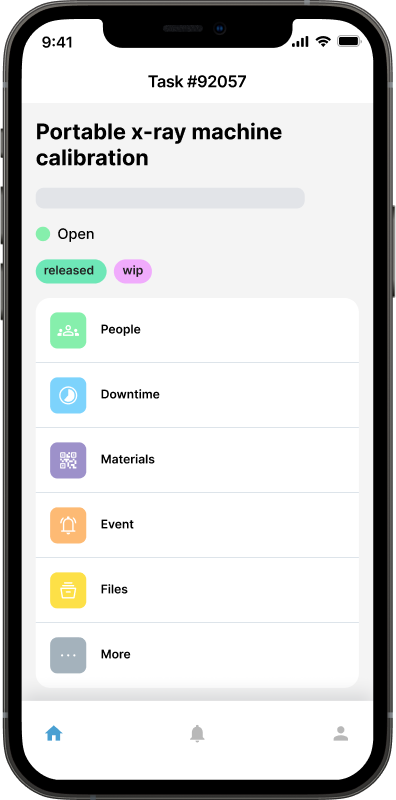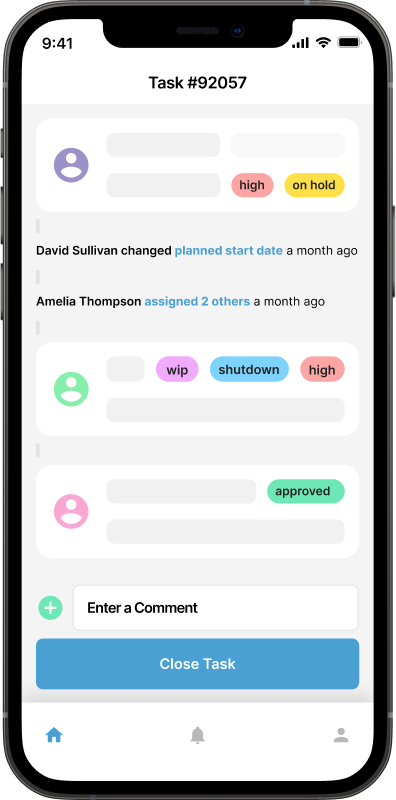Work Order Software: Bridging the Gap in Asset Management and Maintenance

The efficient management of assets and maintenance has become a critical component of success. Businesses across various industries rely on their assets, be it machinery, equipment, or facilities, to deliver their products and services efficiently. To achieve this, organizations are increasingly turning to software asset management solutions and facility management systems to streamline operations and maximize productivity.
In this blog, we will delve into the world of work order software, exploring how it acts as a bridge to close the gap in asset management and maintenance.
Streamlining Asset Management
In the realm of asset management, it's essential to have a clear picture of what assets you have, their condition, and their lifecycle. Work order software provides businesses with a comprehensive view of their assets, allowing them to track inventory, monitor depreciation, and schedule maintenance tasks efficiently. This not only optimizes asset utilization but also ensures that resources are allocated where they are most needed, promoting cost-effectiveness.
Enhanced Maintenance Planning
Effective maintenance is crucial to prolonging the lifespan of assets and preventing costly downtime. Work order software plays a pivotal role in this aspect by enabling businesses to create and manage maintenance schedules, track historical maintenance data, and identify potential issues before they escalate. By proactively addressing maintenance needs, organizations can reduce unexpected breakdowns and associated repair costs.
Real-time Monitoring and Reporting
Work order software offers real-time monitoring capabilities, allowing businesses to keep a close eye on the condition and performance of their assets. This enables timely interventions and prevents minor issues from evolving into major problems. Moreover, these systems generate detailed reports on asset performance, maintenance history, and resource utilization, providing valuable insights for continuous improvement.
Inventory Management and Procurement
Efficient inventory management is a critical aspect of asset management, particularly for businesses with complex supply chains. Work order software facilitates seamless inventory tracking, ensuring that spare parts and necessary materials are always in stock when needed. It can also help in optimizing procurement processes by analyzing usage patterns and suggesting cost-effective procurement strategies.
Improved Collaboration and Communication
Collaboration among various teams and departments is vital for successful asset management and maintenance. Work order software fosters better communication by centralizing information and allowing team members to access relevant data in real time. This collaboration streamlines workflows, enhances coordination between maintenance teams, and leads to quicker issue resolution.
Compliance and Documentation
In highly regulated industries, compliance with safety and environmental standards is non-negotiable. Work order software assists businesses in maintaining comprehensive documentation of maintenance activities, which is often required for audits and inspections. This ensures that organizations remain in compliance with industry regulations and can prove their commitment to responsible asset management.
Work order software acts as a bridge that spans the gap in asset management and maintenance, revolutionizing the way organizations oversee their valuable resources. It streamlines asset tracking, enhances maintenance planning, offers real-time monitoring, optimizes inventory management, fosters collaboration, and ensures compliance. As businesses strive for efficiency and cost-effectiveness, integrating software asset management and facility management solutions into their operations has become imperative. Embracing this technology will undoubtedly lead to a brighter, more efficient future for businesses across the globe.

